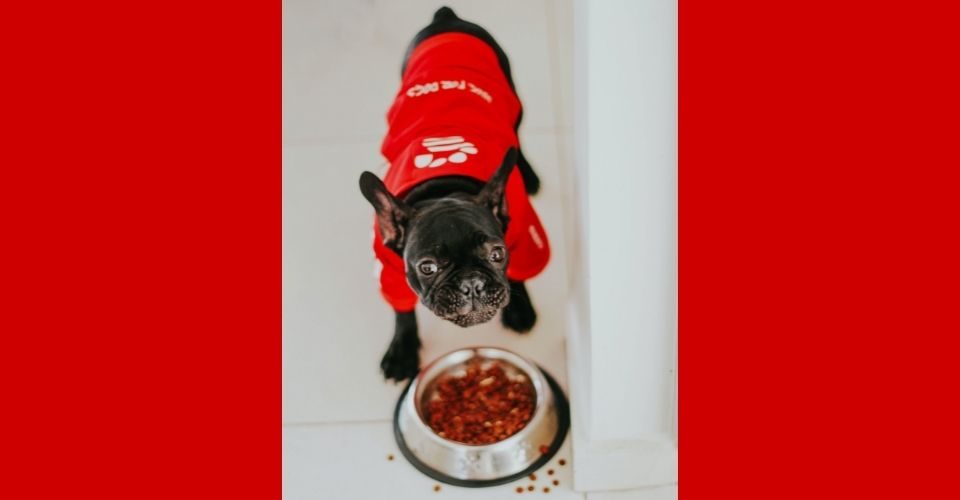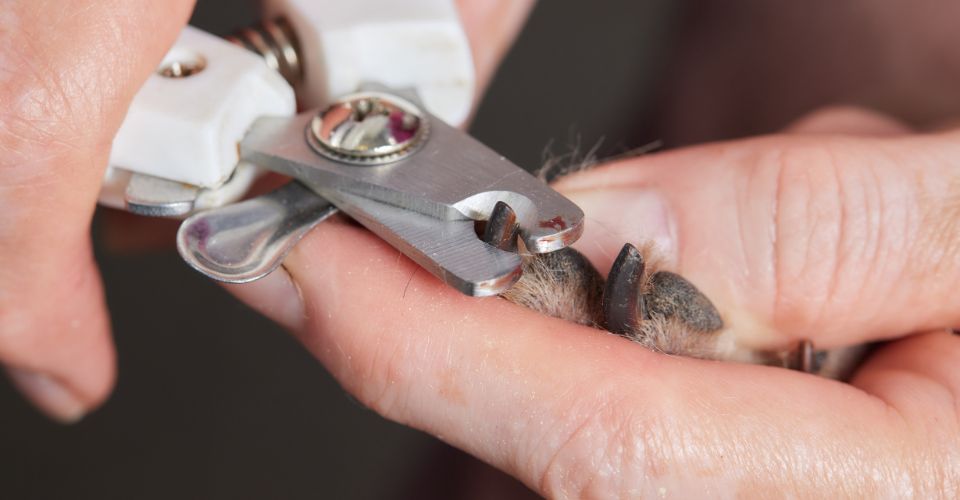Yes, you can feed lima beans to your dog as they are beneficial for their health. Dogs are omnivores; they can eat veggies, legumes, and meat. Pets can eat some of the human foods, including lima beans. Dogs enjoy eating them as well.
Lima beans are also called butter beans since they are starchy and buttery in texture. They are usually green or cream in color. They contain various healthy nutrients, high fiber content, and low fat. Lima beans also contain a variety of micro-minerals, such as manganese, molybdenum, and folate—which are vital for the health and growth of dogs.
Lima beans are ideal for dogs on vegan diets since they contain all the components that are essential and beneficial for a dog’s health. However, these beans should not constitute more than 10 percent of a dog’s diet.
Are Lima Beans Good for Dogs?
Lima beans are a good source of protein and carbohydrates as they contain 76 percent carbohydrates, 22 percent protein, and only 2 percent fats. The following are some reasons that make lima beans a good choice for your dog.
Read: Can Dogs Eat Avocados?
Good Source of Protein
Protein is an integral element of a dog’s diet, and lima beans are rich in protein. It is essential for the development and regeneration of muscles and tissues. Protein also aids in the strengthening of the immune system. Lima beans contain lots of fat-free proteins, whereas cooked lima beans provide 15 grams of protein. A lack of protein can cause many health problems in a dog, such as hair loss, poor digestion, and weight loss. So, you must make sure that your dog is getting enough protein intake.
Rich in Fiber
Lima beans are an excellent source of fiber as they contain dietary fiber at a rate of 28 percent. Lima beans have 13 grams of fiber when cooked. Fiber is beneficial for a dog’s health as it helps keep the dogs’ digestive system regular. Lima beans contain zero cholesterol and help to maintain a healthy cholesterol level. The fiber present in lima beans maintains a decent blood sugar level. Lima beans have a low glycemic index rating—which prevents the rapid increase in sugar levels in the blood after a meal. As a result, if your dog is diabetic, these beans may be an excellent treat for them. Fiber can also help dogs minimize constipation and other digestive issues. If your dog is already obese, you should feed him lima beans, as veterinarians usually recommend a fiber-rich diet for obese pets.
Read: Can Dogs Eat Apricots?
Micro-Minerals
Lima beans contain many beneficial trace minerals such as folate, manganese, iron, copper, and potassium. These micro-minerals play a critical role in the prevention of bacterial growth in the colon. They also help to prevent diarrhea and constipation. Here is a brief breakdown of what does what.
Manganese removes toxins from your dog’s body. It also metabolizes protein and carbohydrates and serves as a cofactor in the activity of many enzymes.
Iron is present in the enzymes that catalyze the energy production process, thus making it a major essential component in a dog’s diet.
Molybdenum metabolizes sulfites, which are harmful to a dog’s health. Sulfite can cause many health issues, such as hair loss.
Copper acts as an antioxidant and also helps the dog’s body to absorb iron. It is an essential component of a dog’s bones, tissues, and cartilage.
Potassium and magnesium assist in the maintenance of stable blood pressure.
Folate reduces the risk of heart disease.
Are Lima Beans Bad for Dogs?
Although lima beans are a great source of many nutrients, they can cause some minor health issues in a dog. Your dog’s stomach might get gassy after eating lima beans since they have starchy sugar. Lima beans contain a high amount of calories (176 per serving), so try not to give butter beans to your dog for more than 10 percent of his daily calorie intake. Limit the amount of these beans you give your dog to no more than 30 grams.
Avoid feeding your dog lime beans daily—as excessive fiber intake can cause stomach disorders like diarrhea, stomach pain, and nausea in your dog.
Dried lima beans are bad for a dog’s health since they can cause stomach issues.
Refrain from giving canned lima beans to your dog. Canned lima beans are bad because they contain high quantities of salt (sodium) and other preservatives such as sulfate, which can exacerbate thiamine deficiency in dogs and lead to neurological problems.
Healthiest Ways to Feed Lima Beans to Your Dog
You can give lima beans to your dog in many different ways. But first, keep this thing in mind; you should never feed uncooked lima beans to your dog. The raw lima beans can be challenging to digest for your dog. They can also cause stomach problems and can damage the teeth.
Here are a few recipes for cooking lima beans for your dog.
- Always soak lima beans overnight before cooking them so that they do not cause gas in your dog. After soaking them overnight, boil them in water and then, after draining, rinse them with plain water.
- You can also cook lima beans with ground meat and a little coconut oil. Avoid adding seasonings like salt, onion, or garlic, as these ingredients are harmful to dogs. They can cause anemia and can disturb their digestive system.
- You can also mix lima beans with some other dog food.
- Lima beans are great for making handmade treats.
- They are a great source of protein when combined with rice.
- After cooking lima beans in water, you may freeze them for 3 to 4 months.
Conclusion
As discussed above, dogs can eat lima beans but occasionally. You should consider feeding your dog lima beans 1 – 2 times a week as they contain essential nutrients. They have zero cholesterol and low quantities of sodium. They are a great source of protein, carbohydrates, fiber, and many other micro-minerals. Fiber is mandatory for the digestive system, protein is good for muscle growth, and minerals play a vital role in the metabolism and remove harmful material from the dog’s body.





